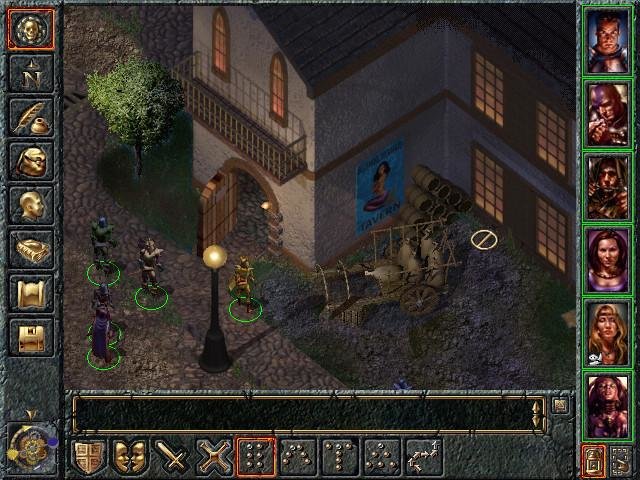
13 The editors state that they based themselves on Brockhaus’s work and examined two additional manuscripts, one of which was from Kashmir. Some years after Brockhaus’s publication, the text appeared in India, based explicitly on his editio princeps, this the work of Durgâprasâd and Kâs’înâth Pâṇurang Parab (hereafter D).
FRUIT BATS MOUTHFULS TORRENT SERIES
Although each individual volume is indexed, the series is also furnished with an extensive comprehensive index in its tenth and final volume, a fact to which I will return below. 12 (This is referred to below as TP.) This is a massive reedition (and a physically lovely example of the bookmaker’s art), and contains extensive annotations added by the editor and containing much additional information from experts, including Franklin Edgerton. Now edited with Introduction, Fresh Explanatory Notes and Terminal Essay. What received more attention, however, although also published in a small number of copies, was the version under which the translation came nearly exclusively to be known in the longer term, being virtually the only one cited, the ten volume presentation of Norman Mosley Penzer (1892–1960), The Ocean of Story: Being C.H. Tawney’s Translation of Somadeva’s Kathā Sarit Sāgara (or Ocean of Streams of Story). 10 Although this publication was certainly known, it was not well circulated, 11 and its impact was limited. 9 (This edition is referred to below as Br.) Shortly after this, and based on this edition, a complete English translation appeared, that of Charles Henry Tawney (1837–1922). 8 Wilson read the text in manuscript (perhaps a copy of the manuscript to which Tawney had access from “Calcutta College” or “Sanskrit College,” and which he characterized as excellent), and the editio princeps of the Kathāsaritsāgara (hereafter KSS) was published by Hermann Brockhaus (1806–1877) in several volumes, beginning in 1839, reaching completion in 1866. While my purpose here is not to review either the vast Sanskrit (and Prakrit) bibliography of narrative literature, or the scholarship thereon, some orientation, with a narrow focus on the Kathāsaritsāgara, will prove helpful. The proximate occasion for the present remarks, then, is the publication by the late Willem Bollée (1927–2020) of A Cultural Encyclopaedia of the Kathāsaritsāgara in Keywords: Complementary to Norman Penzer’s General Index on Charles Tawney’s Translation, and this seems like a good opportunity to, if nothing more, at least notice the growing attention being paid to the genre. 5 Although such literature, while never entirely disappearing from scholarly view, for long had fallen largely outside the mainstream of Indological studies, 6 more recently there are signs of resurgent interest. During that fruitful period considerable attention was devoted to works such as the Pañcatantra, Tantrākhyāna, Hitopadeśa, Vetālapañcaviṁśati, 4 Vikramacarita, Śukasaptati, and so on (and of these, versions of the Pañcatantra and Vetālapañcaviṁśati are incorporated into Somadeva’s compilation). 2 The broader topic-which we might now perhaps rather refer to as Narrative Literature in Sanskrit and Prakrit 3-was one central theme of earlier periods of Indology, through roughly the first quarter of the 20th century, before interest waned.

Just how far have we come in these five or six generations of scholarship? The initial presentation took the form of a relatively short mention in the preface to the Dictionary of Sanscrit and English of Horace Hayman Wilson (1786–1860), 1 followed shortly thereafter by Wilson’s extensive remarks on “Hindu Fiction” of 1824. That the first Western introduction to the compendium of tales called Kathāsaritsāgara, composed by Somadeva in Kashmir in the last third of the 11th century, appeared more than two centuries ago is a fact that should give any scholar of Sanskrit or Indology pause.


Supplemented by Willem Bollée, “Addenda et Corrigenda to ‘Bollée, Willem B., Cultural Encyclopaedia of the Kathāsaritsāgara.’ ” Zeitschrift für Indologie und Südasienstudien 32/33 (2015/2016): 175–202. Halle an der Saale: Universitätsverlag Halle-Wittenberg, 2015, 513 pp. A review article on Willem Bollée, A Cultural Encyclopaedia of the Kathāsaritsāgara in Keywords: Complementary to Norman Penzer’s General Index on Charles Tawney’s Translation.


 0 kommentar(er)
0 kommentar(er)
